CENTRALA tutors architecture students as well as non-professionals during workshops organized by architectural associations such as OSSA (Polish Association of Architecture Students), museums, galleries, NGOs and other cultural institutions.
Feel free to contact us with inquiry about possible collaboration. Below you can find selected examples showing our workshop methods as well as different types of public.
The Soil
A whole underground world exists hidden from our view, which abounds in connections and interdependencies. Soil is a space, not a plane. This topic remains completely unexplored in the context of Warsaw, but it deserves attention because, after all, soil has to do with the urban processes of rotting, decay and composting. Meanwhile, cities concreted over in modernity became aseptic, sterile. To make matters worse, separation from soil by all kinds of paved surfaces put a stop to water infiltration and associated biological processes, which also made life harder for animals. The topic of soil in the city literally disappeared under the pavements, so to speak. It needs to be brought back into daylight.
Series of workshops and walks dedicated to soil topic, i.e. The Soil in the center or A Hydrobotanical City in Warsaw city center in summer 2022.
Forms of resistance and limits of Warsaw’s growth
The group, consisting of selected in open recruitment participants, was searching for methods and tools to organize and regulate the development processes. Topic: Under Escarpment Wetland Park.
The Warsaw Escarpment, which is the green slope of the capital, is home to natural ponds and wetlands that can serve as an element for managing and counteracting the climate crisis. It becomes important at this point to create protocols that, based on the case study of the area at Gucin Gaj, will provide opportunities for the protection and growth of existing wetland sites that form both the city’s blue-green infrastructure and extensive strips of verge.
A caad file with a drawing whose components can be copied, including plants, animals, wetland architecture (CC BY 4.0): Under Escarpment Wetland Park
The workshops was part of the project Skrajobraz curated by PROLOG +1 and turned into an exhibition in ZODIAK Warsaw Pavilion of Architecture, Warsaw, 15.03-26.06.2022.
Part of post-workshop publication (in Polish only): SKRAJOBRAZ fragment
Hacking Exhibitions
How hacking a historical exhibition may help present scenarios for the future? An intervention CENTRALA made together with the participants of the City Lab at the Gdynia—Tel-Aviv exhibition (POLIN Museum of the History of Polish Jews, 2020) transformed architectural models of classic flat-roofed modernist buildings into climate-responsive and fully programmed social spaces.
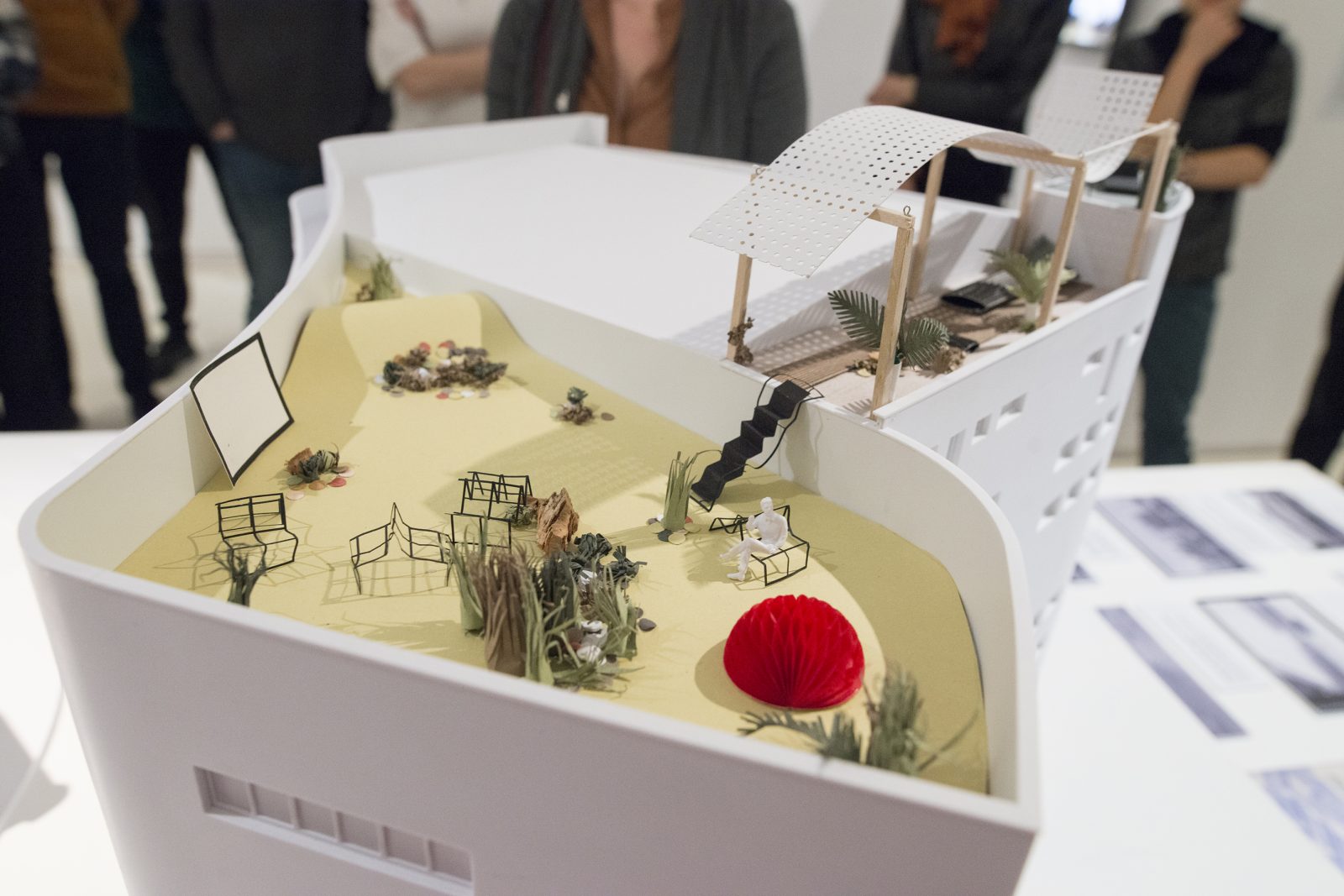
Photo Przemysław Jaczewski/Polin, 2020
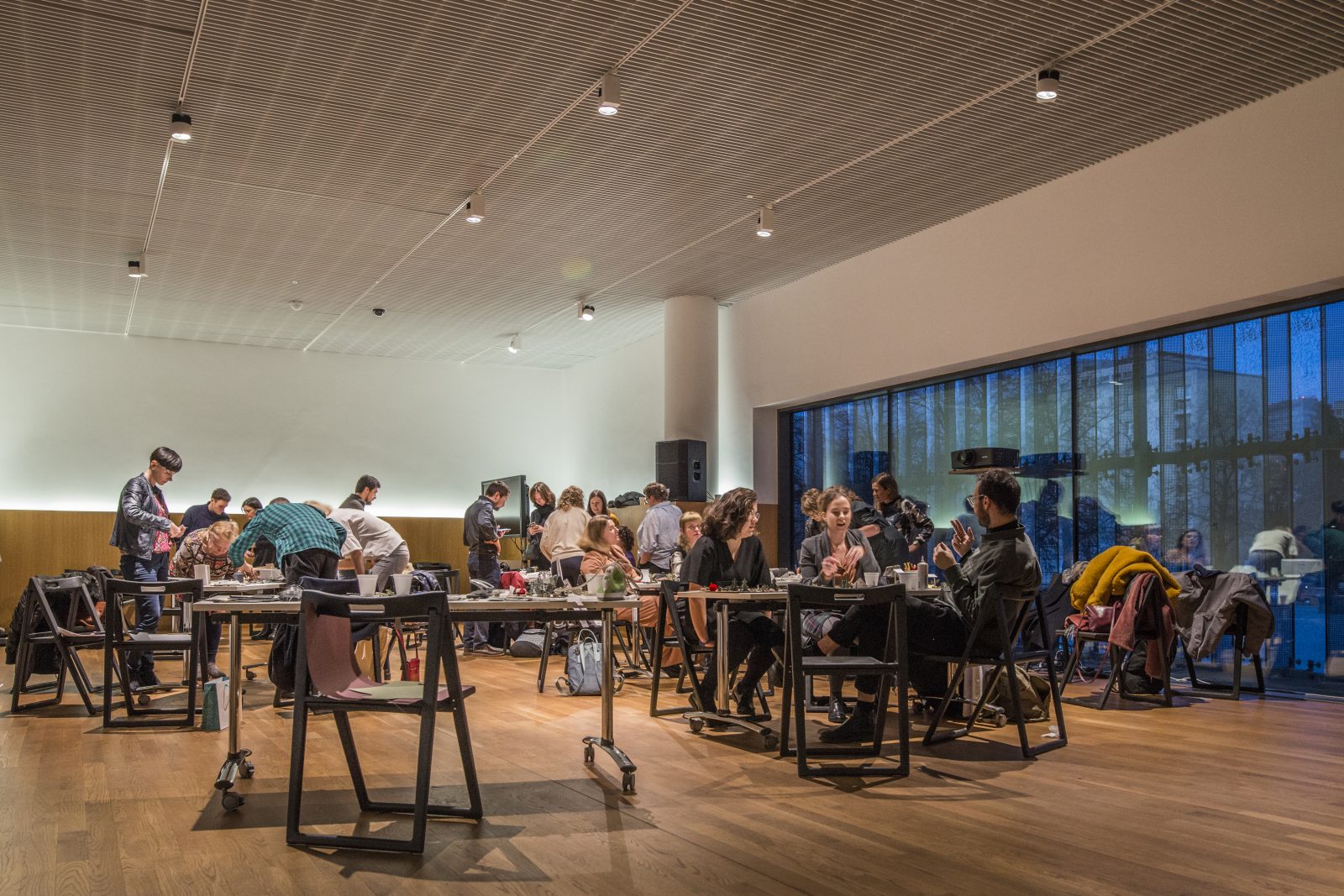
Photo Przemysław Jaczewski/Polin, 2020
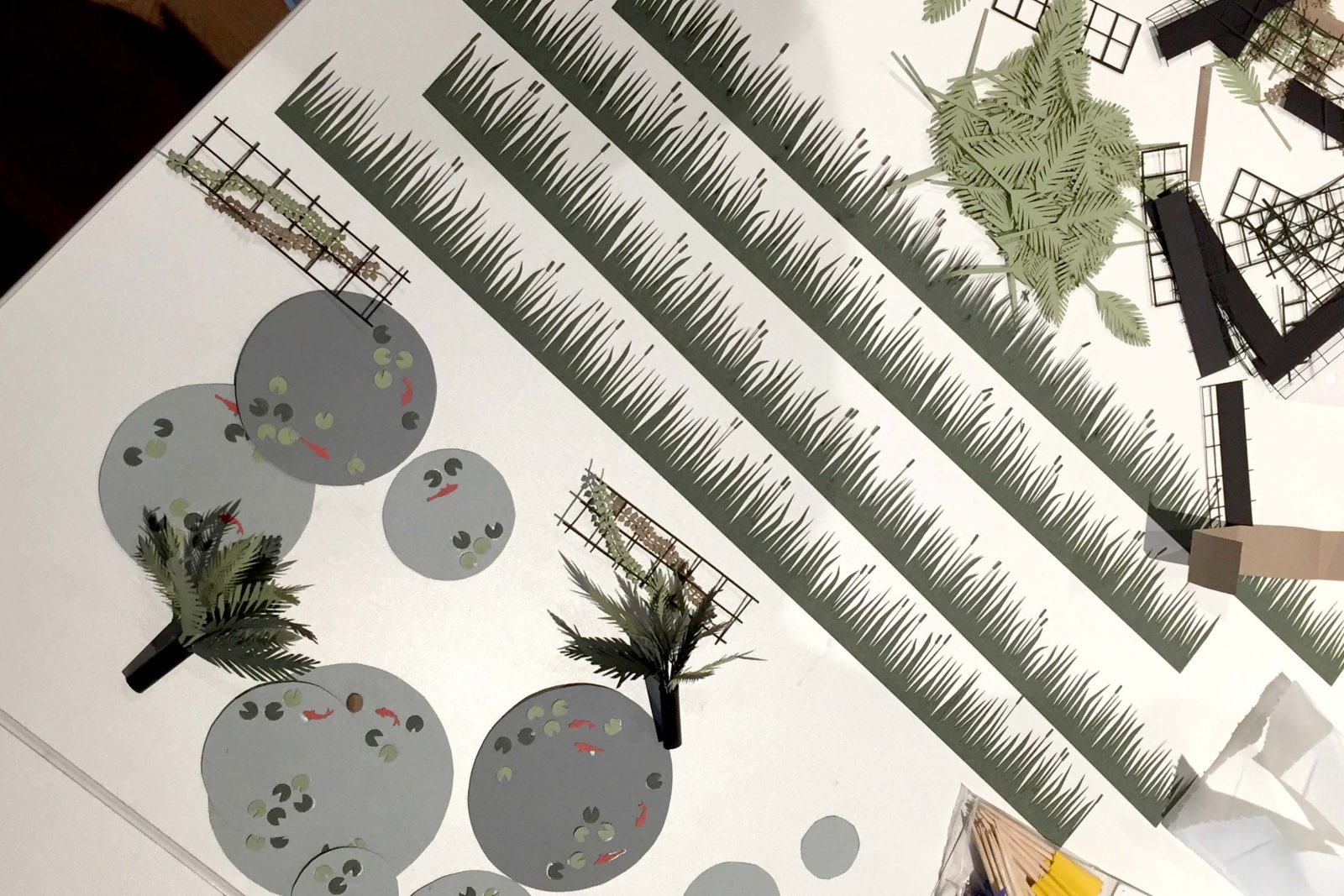
Photo Przemysław Jaczewski/Polin, 2020

Photo Przemysław Jaczewski/Polin, 2020
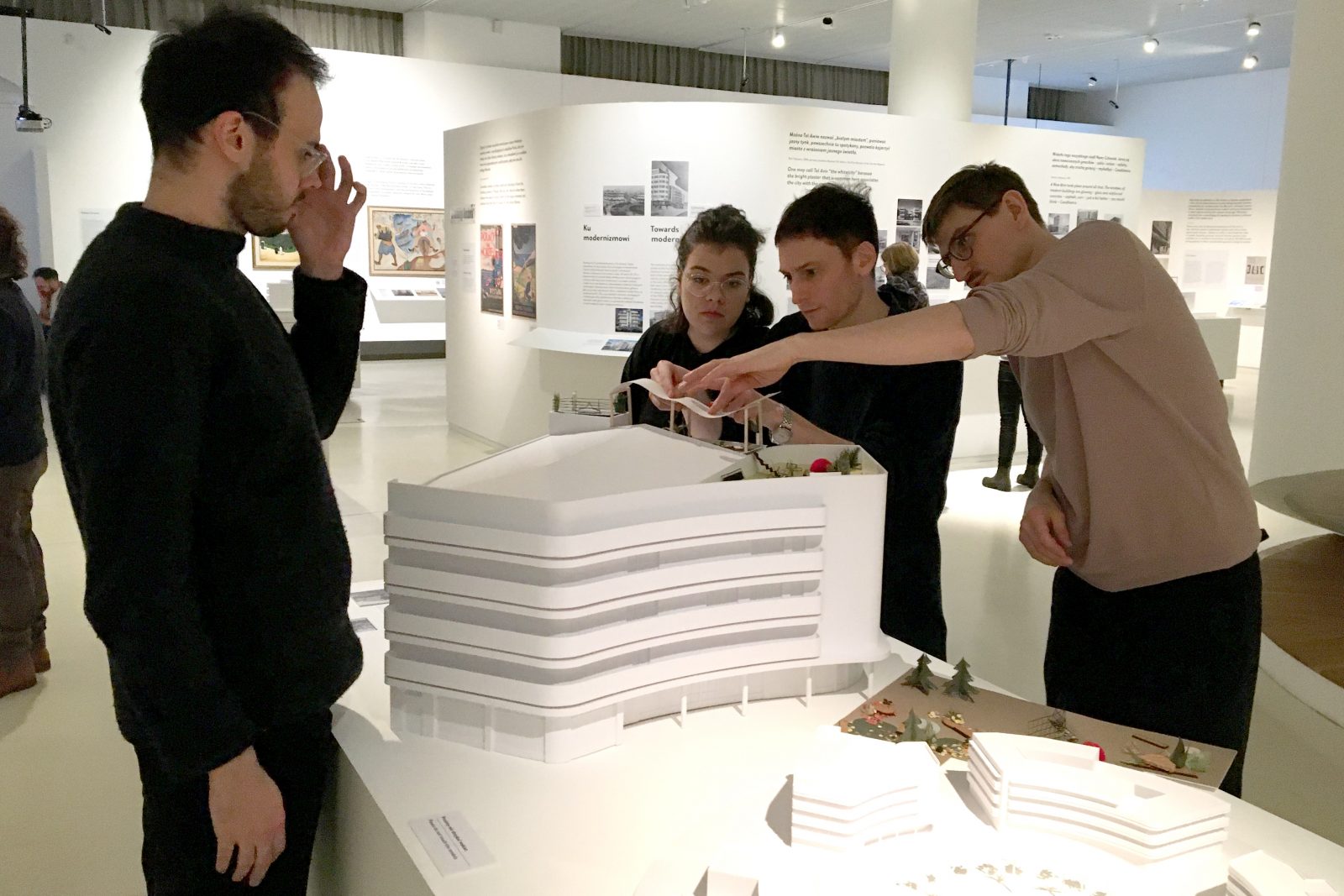
Photo Przemysław Jaczewski/Polin, 2020
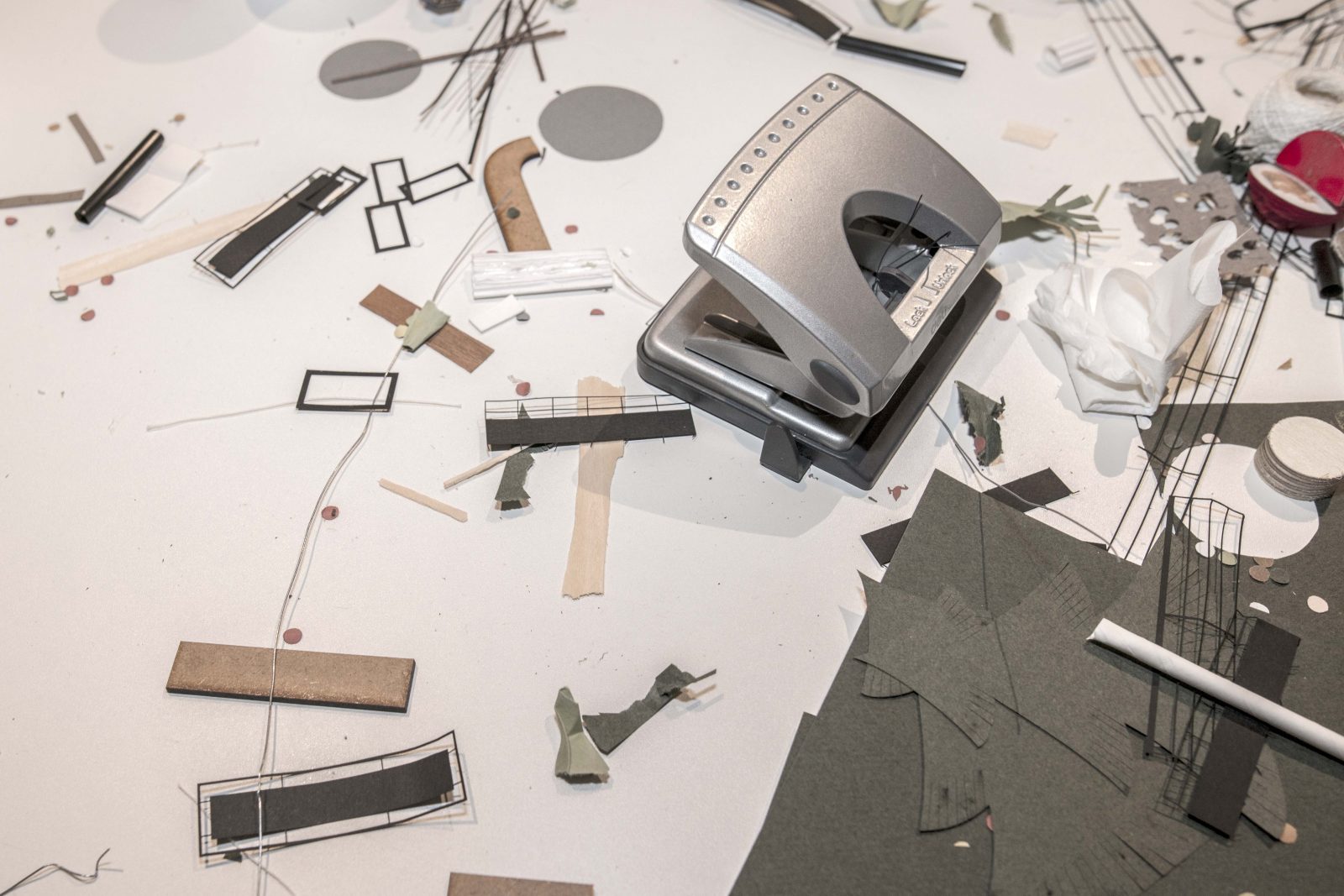
Photo Przemysław Jaczewski/Polin, 2020
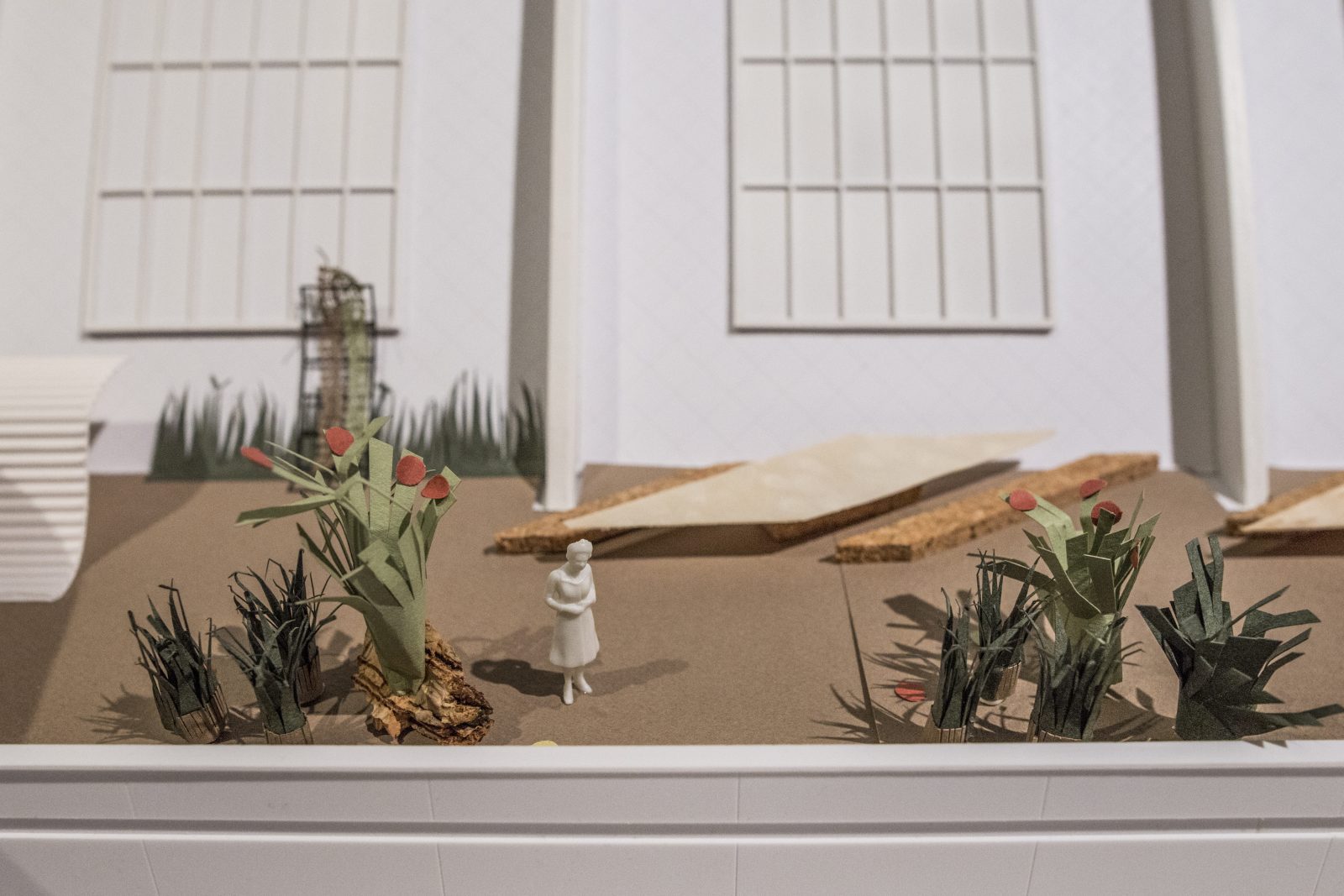
Photo Przemysław Jaczewski/Polin, 2020

Photo Przemysław Jaczewski/Polin, 2020

Photo Przemysław Jaczewski/Polin, 2020
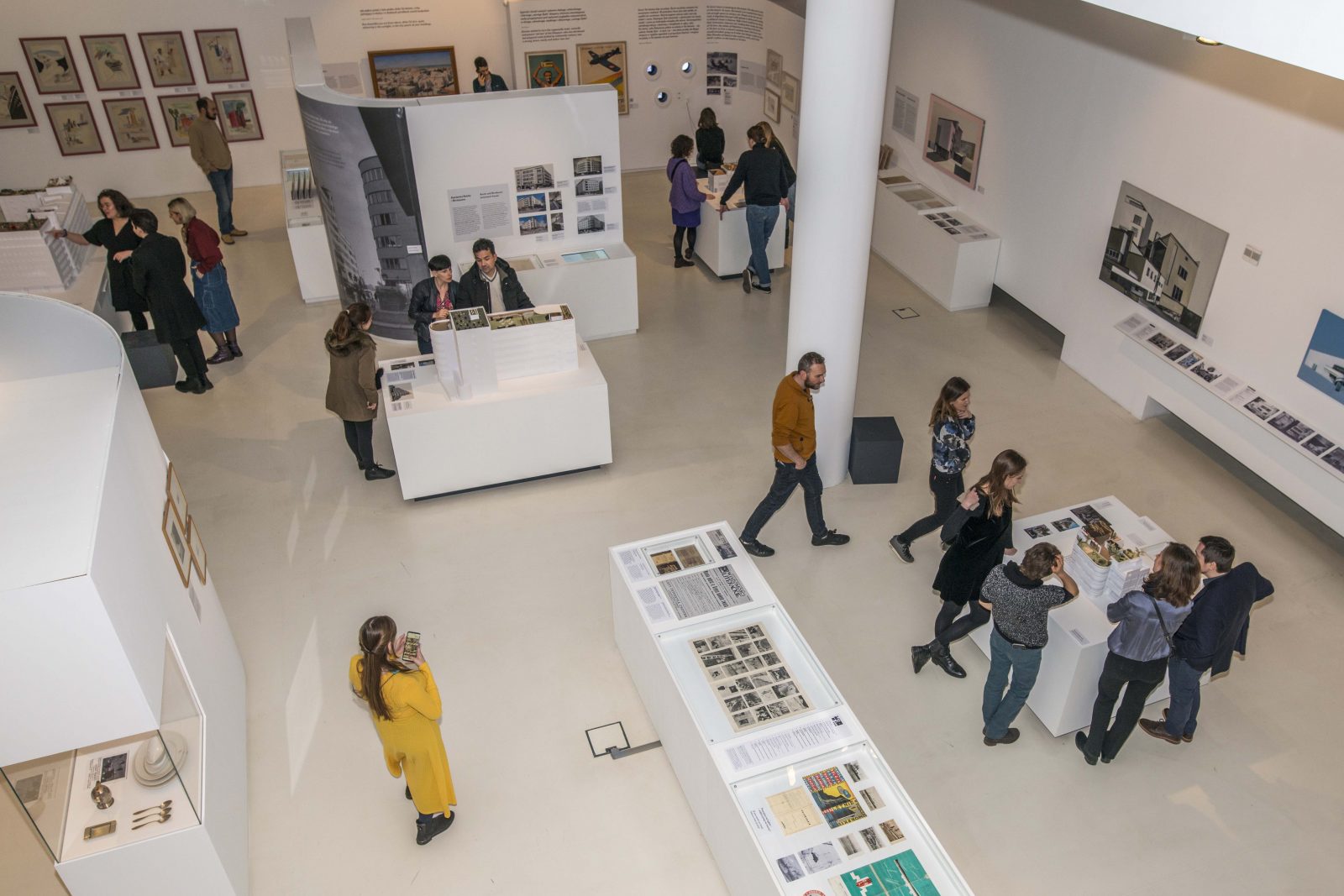
Photo Przemysław Jaczewski/Polin, 2020
OSSA workshops
OSSA (Polish Association of Architecture Students) is a bottom-up initiative of a national scale organized for students and by students. OSSA workshops, which have been running already for two decades, have shaped an entire new generation of architects. CENTRALA collaborates as tutors regularly.
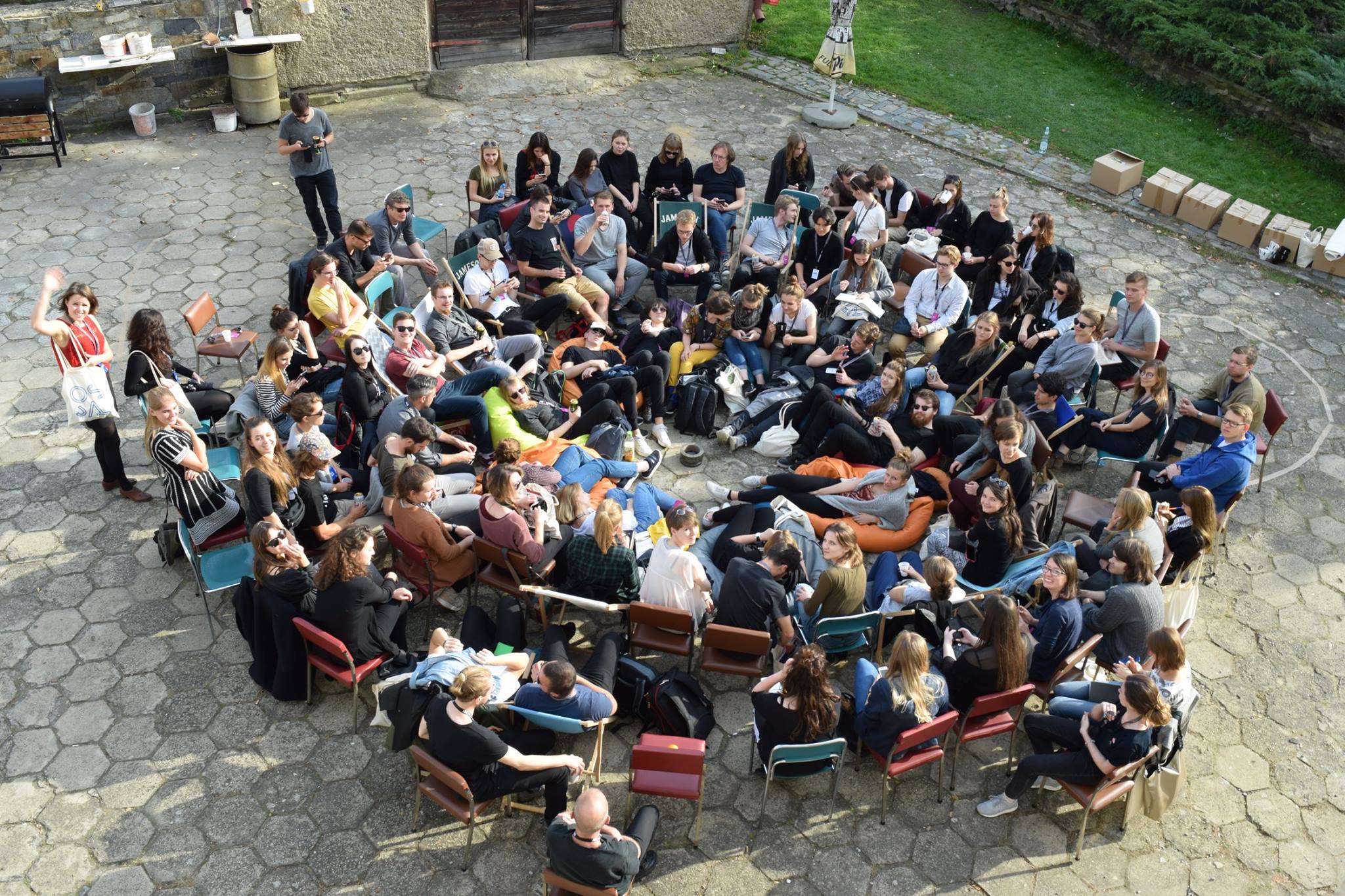
Photo Dominika Kubicka, 2017
OSSA workshops tutored by CENTRALA on students’ invitation:
Spatium, online and in Lubiąż, 18.10.2020–03.2021
Vision, Łódź, 13–21.10.2018
The Great Beauty, Wrocław, 14–22.10.2017
Contra, Kraków, 12–19.07.2015
Negative, Lublin, 21–28.10.2012
Fata Morgana, Warsaw, 23–30.10.2011
Results of OSSA 2017 workshops were published in a post-workshop publication.
Tutoring online OSSA 2020 edition.
Display Tools
Can you learn a grammar of exhibition design in the same way you learn a foreign language? During workshops organized by Museum of Modern Art in Warsaw, Faculty of Design of the Warsaw Academy of Fine Arts, and Ausstellungsdesign und Szenografie HfG Karlsruhe in 2016, CENTRALA and Kooperative für Darstellungspolitik encouraged design students to delve into the history of exhibition design and engage into studying the exhibition tools of Stanisław Zamecznik, Oskar Hansen and Hannes Meyer through micromodels.
The Grammar of Exhibitions
On the occasion of Wojciech Zamecznik’s exhibition at Zachęta—National Gallery of Art (2016), CENTRALA invited non-professional audience for an exercise in rediscovering Zamecznik’s, Herbert Bayer’s, Erberto Carboni’s and Oskar Hansen’s grammars of display. The workshops evolved around such issues as psychophysiology of vision, role of figure and background, and forgotten exhibition tools (photomural, photo-graphic frieze, spacial relief, visual essay, etalage, active/passive floor).
New Ergonomics
Together with Centrum w Ruchu (Center in Motion), a group of choreographers from Warsaw, CENTRALA organized workshops aimed at challenging existing standards and ergonomic norms in domestic and semi-public spaces through the investigation of pre-standarization examples. Results of the workshops were published in an article Dancing Warsaw by Centrum w Ruchu in Learning from Warsaw, ed. Sosnowska, A., Centre for Contemporary Art Ujazdowski Castle, Warsaw 2013.
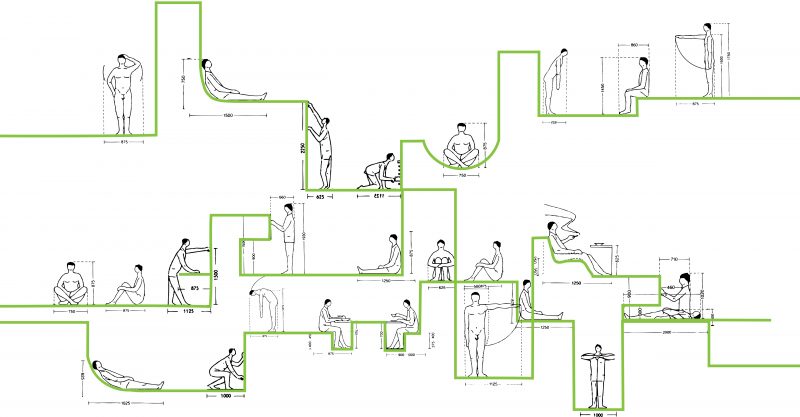
Simple Wall
During workshops organized by the Polish Modern Art Foundation in 2013, CENTRALA and Sebastian Bałut engaged with an element in the centre of Warsaw that remains unnoticeable—a 352-metre-long relic of a park fence that, horizontally, exceeds the height of the Palace of Culture (231 m). Temporary objects, such as simple plywood forms, were used to alter the city’s ‘logic’ for a few seasons. The wall next to the Saxon Garden was proposed as a new connection between the two most popular pedestrian routes in Warsaw—the Royal Route and Marszałkowska Street.